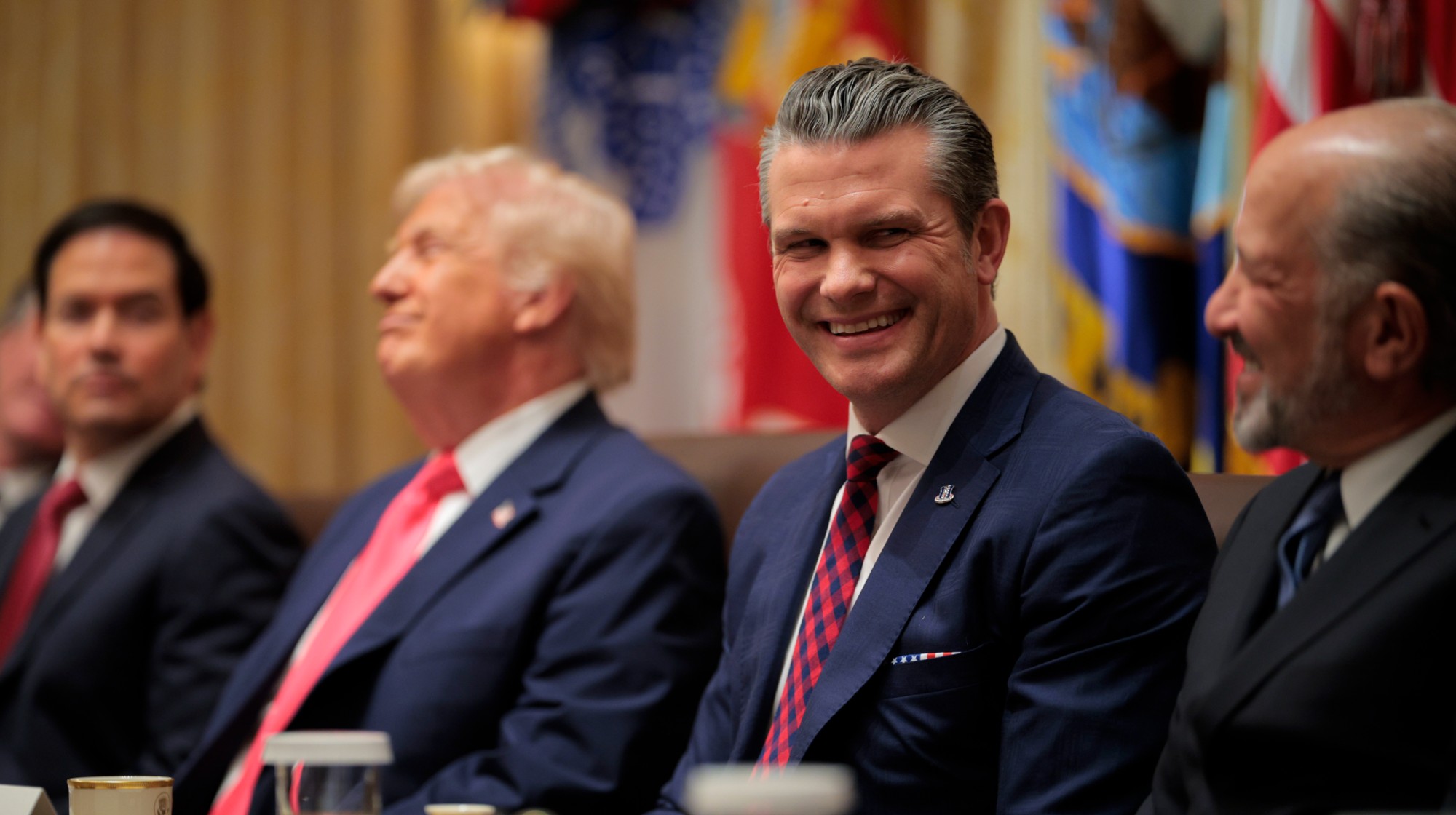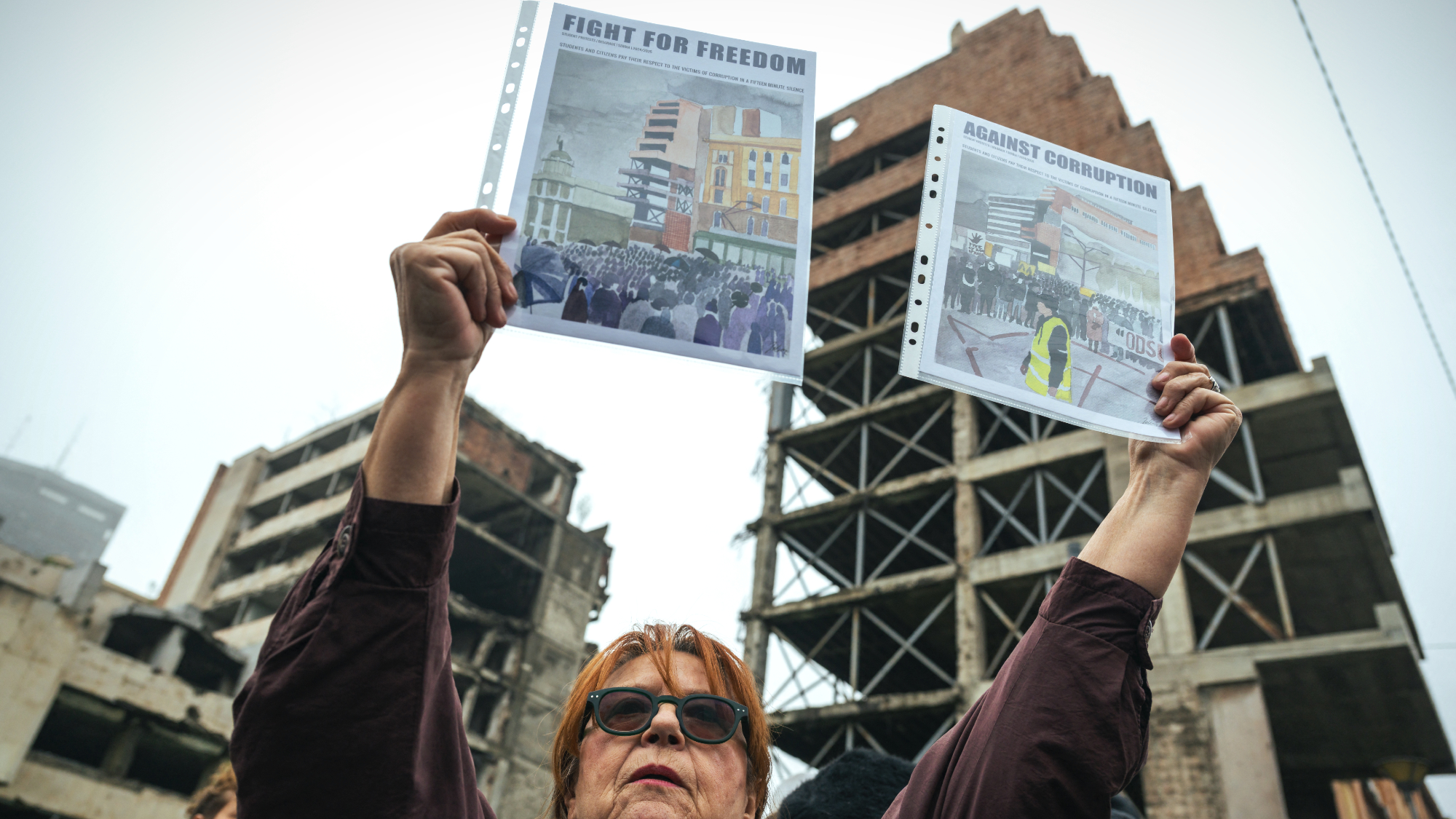Trump's military makeover: fewer rules, more violence
The president and Secretary of Defense Pete Hegseth have begun dramatically rewriting the guidelines for armed forces' operations


Unlike his first term effort to laud "my generals" straight out of "central casting" who would "keep us so safe," President Donald Trump has taken a different tack toward the military during his second administration. Eschewing previous attempts to work with existing leadership (many of whom ultimately earned positions on the president's list of perceived enemies), Trump is opting for a more wholesale approach this time around. He has replaced top Pentagon brass and, alongside Secretary of Defense Pete Hegseth, is working to change the way America goes to war. Capitalizing on his prerogative as commander in chief to oversee a military more to his liking, Trump's plans to remake the armed forces are transforming one of the nation's foundational institutions.
'Quiet but seismic recalibration'
During his short tenure atop the Pentagon, Hegseth has so far focused on creating a military that is "more aggressive on the battlefield" while being "potentially less hindered by the laws of armed conflict," The New York Times said. Hegseth has "prioritized the 'lethality' of the armed forces by 'reviving warrior ethos'" on Trump's behalf, The Hill said. To that end, Hegseth has engaged in a "quiet but seismic recalibration" by "broadening the range of people who can be targeted" in airstrikes and special operations raids, CBS News said. This move "signals a return to more aggressive counterterrorism policies" like those from Trump's first term.
Beyond merely expanding the rules of engagement for certain types of combat operations, Hegseth is also planning a "sweeping overhaul of the Judge Advocate General's corps" (JAG) to further make the Pentagon "less restricted by the laws of armed conflict," The Guardian said. By also "retraining military lawyers," they can then "provide more expansive legal advice to commanders" regarding "more aggressive tactics" and a "more lenient approach in charging soldiers with battlefield crimes."
The Week
Escape your echo chamber. Get the facts behind the news, plus analysis from multiple perspectives.

Sign up for The Week's Free Newsletters
From our morning news briefing to a weekly Good News Newsletter, get the best of The Week delivered directly to your inbox.
From our morning news briefing to a weekly Good News Newsletter, get the best of The Week delivered directly to your inbox.
'Roadblocks' or 'role models'?
Hegseth has vociferously defended his decision to fire a suite of Army JAG attorneys last month, insisting they might present "roadblocks to orders that are given by a commander in chief." Crucially, JAG officials merely advise commanders on the potential legalities of a given situation, rather than participate in enacting and following through on orders. Given Trump's "history of suggesting that he would use troops against U.S. citizens despite federal legal restrictions," Military.com said, the traditionally apolitical JAG Corps could soon find itself "at the center of such historic and consequential legal decisions."
"My fear is there will be officers in the room that say, 'sure, we will shoot them in the legs,'" said Rear Adm. James McPherson (Ret.) to "PBS Newshour," referencing Trump's alleged push for protesters to be shot during the 2020 George Floyd demonstrations. Sometimes a JAG attorney has to be a "roadblock if someone desires to do something illegal," said former Navy JAG and Emory University Law Professor Mark Nevitt to NPR.
More intangibly, any perceived politicization of the JAG Corps could permanently alter the reputation of a group that has "often been a role model for other nations," said Military.com. The corps has garnered "great respect and even deference to U.S. perspectives on the law when working with allies and partners."
A free daily email with the biggest news stories of the day – and the best features from TheWeek.com
Rafi Schwartz has worked as a politics writer at The Week since 2022, where he covers elections, Congress and the White House. He was previously a contributing writer with Mic focusing largely on politics, a senior writer with Splinter News, a staff writer for Fusion's news lab, and the managing editor of Heeb Magazine, a Jewish life and culture publication. Rafi's work has appeared in Rolling Stone, GOOD and The Forward, among others.
-
 Russia’s ‘weird’ campaign to boost its birth rate
Russia’s ‘weird’ campaign to boost its birth rateUnder the Radar Demographic crisis spurs lawmakers to take increasingly desperate measures
-
 Could smaller cars bring down vehicle prices?
Could smaller cars bring down vehicle prices?Today’s Big Question Trump seems to think so, but experts aren’t so sure
-
 2025’s most notable new albums
2025’s most notable new albumsThe Week Recommends These were some of the finest releases of the past year
-
 Jack Smith tells House of ‘proof’ of Trump’s crimes
Jack Smith tells House of ‘proof’ of Trump’s crimesSpeed Read President Donald Trump ‘engaged in a criminal scheme to overturn the results of the 2020 presidential election,’ hoarded classified documents and ‘repeatedly tried to obstruct justice’
-
 Why does White House Chief of Staff Susie Wiles have MAGA in a panic?
Why does White House Chief of Staff Susie Wiles have MAGA in a panic?TODAY’S BIG QUESTION Trump’s all-powerful gatekeeper is at the center of a MAGA firestorm that could shift the trajectory of the administration
-
 Hegseth rejects release of full boat strike footage
Hegseth rejects release of full boat strike footageSpeed Read There are calls to release video of the military killing two survivors of a Sept. 2 missile strike on an alleged drug trafficking boat
-
 ‘It’s another clarifying moment in our age of moral collapse’
‘It’s another clarifying moment in our age of moral collapse’Instant Opinion Opinion, comment and editorials of the day
-
 Trump vows naval blockade of most Venezuelan oil
Trump vows naval blockade of most Venezuelan oilSpeed Read The announcement further escalates pressure on President Nicolás Maduro
-
 Kushner drops Trump hotel project in Serbia
Kushner drops Trump hotel project in SerbiaSpeed Read Affinity Partners pulled out of a deal to finance a Trump-branded development in Belgrade
-
 Trump wants to build out AI with a new ‘Tech Force’
Trump wants to build out AI with a new ‘Tech Force’The Explainer The administration is looking to add roughly 1,000 jobs
-
 Are Donald Trump’s peace deals unraveling?
Are Donald Trump’s peace deals unraveling?Today’s Big Question Violence flares where the president claimed success
